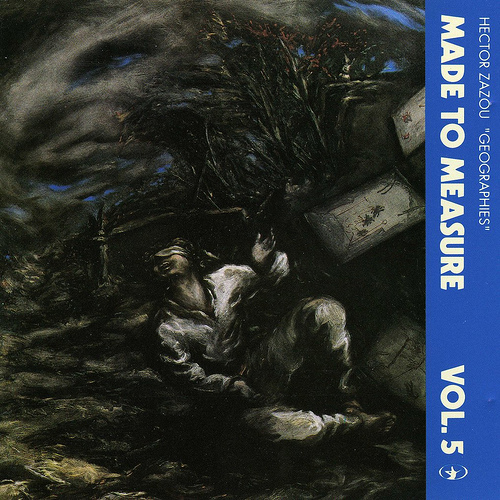Although the fifth title in Crammed Discs' Made To Measure series, Géographies was the first full length LP to be released by the late French Algerian compser Hector Zazou. Zazou first gained recognition as part of the minimal synth duo ZNR, whose releases date back to the mid '70s. Until his untimely death in 2008, he led a prolific career composing his own material and both collaborating with and producing other artists. Omnipresent on Géographies is Zazou's trademark use of multi-cultural motifs and electronic effects.
I feel it's best to keep the description of this piece to a minimum and let listeners simply experience it, although it suffices to say that the last track, 'Des Cocotiers' may be one of the most beautiful songs I've ever heard. I also recommend you read more about this visionary composer, starting here. Download Géographies here.








































